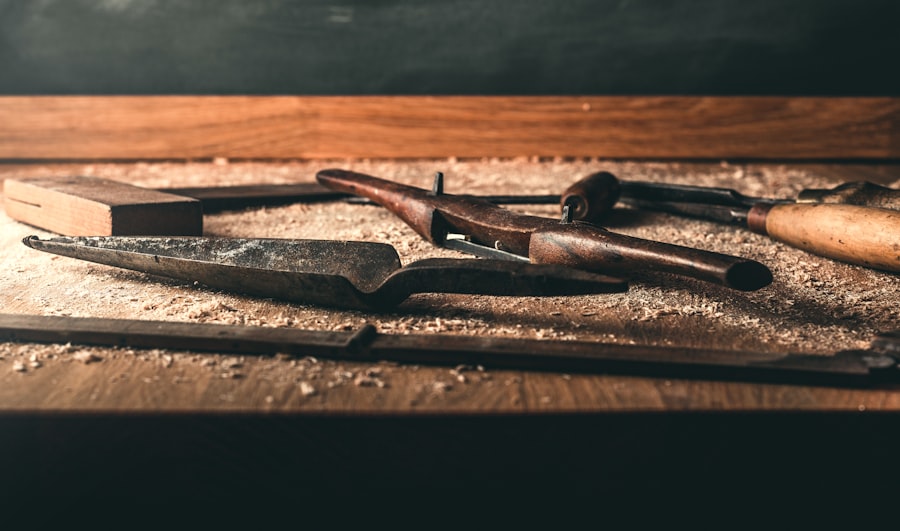Brian Neimeier discusses how actual art lasts - and that craft, such as carpentry and plumbing, is, indeed, art.
The ancient Romans had a saying, Ars longa, vita brevis. Moderns take it to mean that life is short, but works of art last.
We post-Renaissance types get the, "Life is short," part right. But ancients and Medievals didn't restrict the meaning of ars to "fine art". For them, it could apply to any craft.
The equivalent Greek word is techne. That's a big clue that everybody before the Modern era would have put Michelangelo and Steve Jobs in the same general category. Both made stuff according to a standard.
That's really what writing is. A carpenter makes a birdhouse by putting wood, nails, and glue together in the right configuration. An author makes a book by doing the same thing with character, setting, and conflict.
The arbitrary split between fine arts like oil painting, sculpture, and literature and crafts like carpentry, plumbing, and coding is a Modern novelty. We take it for granted, but historically it's an anomaly based on largely unexamined assumptions.
What is art?
I would posit that it is anything that requires intent that has an aesthetic or emotional impact.
Yes, that means a lot of the crap we make fun of in modern art museums is indeed art. It's just bad art. Some of it is even meant to be ugly. I'm not, as I mentioned again recently, the only person who's observed that a lot of artists hate people.
At one time I would have said craft instead of intent, but after reflection, intent is better. An amateur may place things and spread paint to achieve an effect. He may not do it well, he may not be skilled, but he's trying. May it be better art if he'd more practice? Likely - but it's no less art.
And yes, carpentry and plumbing are arts. Decisions in design and layout are made not only for how well something will work - which will affect the user in frustration or lack therof, if nothing else - but often for placement, how they look, and how they make the craftsman and the end user feel.
Tools themselves have a beauty and feel, a fitness to purpose and shape.
In the end, whether it's carvings on a dresser, the choice and shape and fit of the wood on the front of a cabinet, the layout of a pipe drain and how it makes room - or doesn't - and thus minimizes clutter elsewhere, it's all art.

